7 Animals With Bizarre Defenses That Seem Like a Design Flaw (But Aren’t)
Nature doesn’t always go for sleek or graceful. Sometimes, it goes weird—really weird. Some creatures across the animal kingdom have developed unusual defenses that seem more like evolutionary accidents than survival tools. However, these strange tactics still work, often brilliantly. Here are 15 animals that prove looking ridiculous can be a serious advantage.
Horned Lizards Spray Blood From Their Eyes
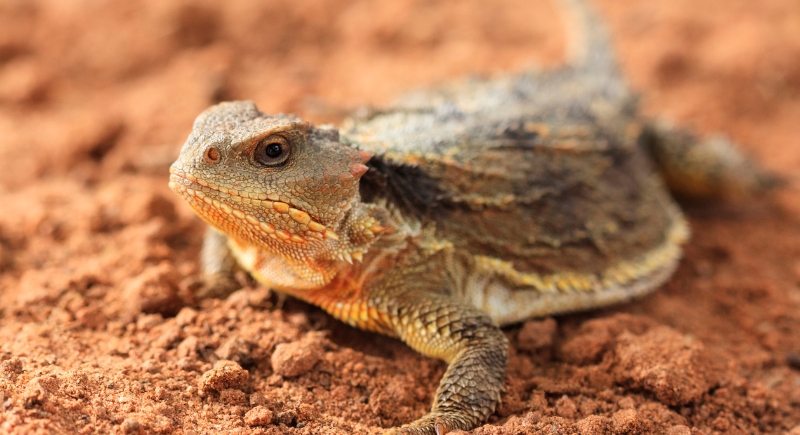
Credit: Getty Images
They build pressure in the veins around the eyelids, then let loose in a crimson spray aimed at the threat. Dogs, cats, and coyotes get a mouthful of this unpleasant stuff and back off. Other than being slightly gross, no real harm is done to the lizard.
Hairy Frogs Use Their Own Bones as Claws
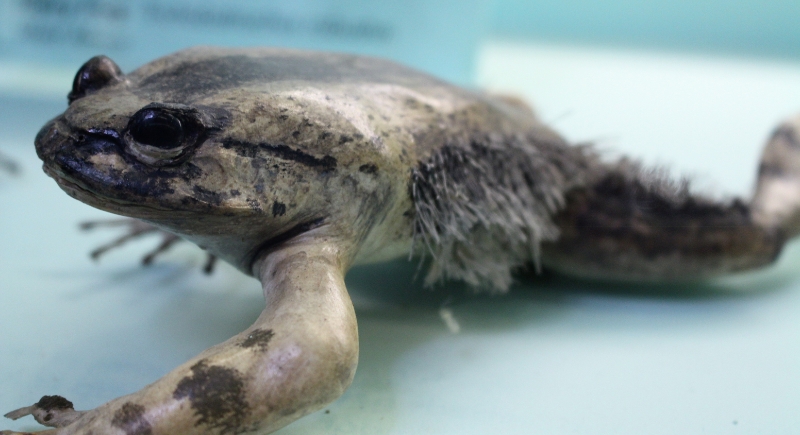
Credit: Wikimedia Commons
This species takes DIY defense to a brutal level. When cornered, it snaps the bones in its toes and forces the fragments through the skin to form claws. There’s no sheath or special covering—just raw bone protruding outward. Strangely, it heals up afterward, so there is no problem.
Slow Loris Delivers Venom With Their Teeth
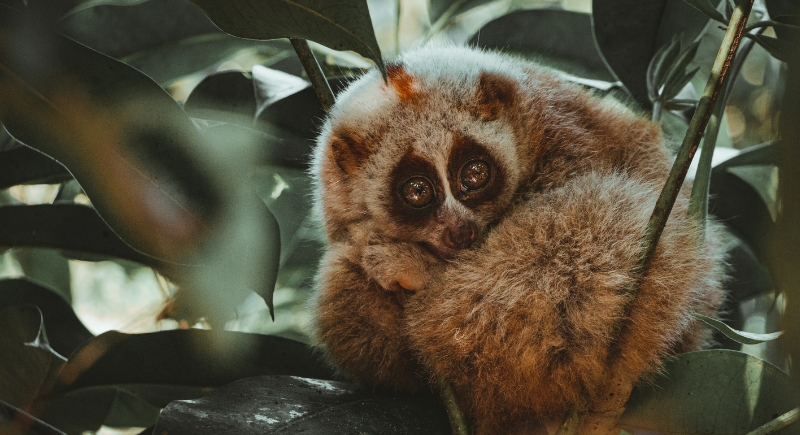
Credit: pexels
The slow loris, despite its big-eyed cuteness, is one of the only venomous mammals. The glands near its elbows produce a toxin, which it licks before biting. The venom can cause pain, swelling, and even allergic shock. It also strikes a cobra-like pose: arms raised, head down, which enhances the bluff.
Pygmy Sperm Whales Release a Cloud of Poop
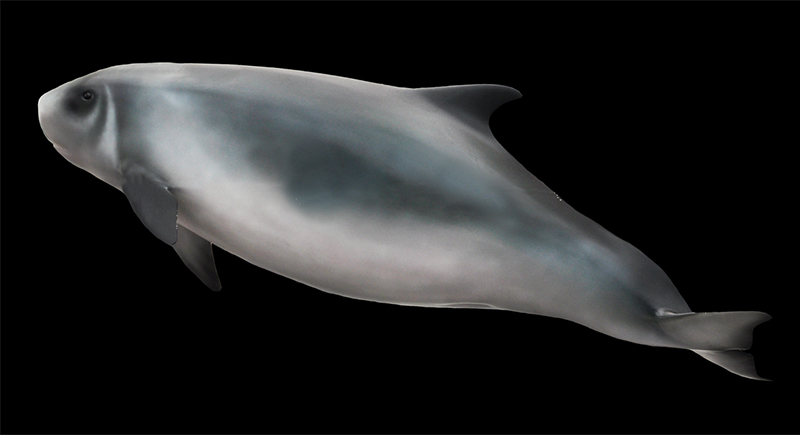
Credit: Wikimedia Commons
When danger approaches, this whale doesn’t flee right away. First, it releases a dense, reddish-brown cloud from its intestines, called “fecal smoke.” Then it vanishes into the murk. This release is thick, syrupy, and disorients predators visually.
Iberian Ribbed Newts Push Their Ribs Through Their Skin
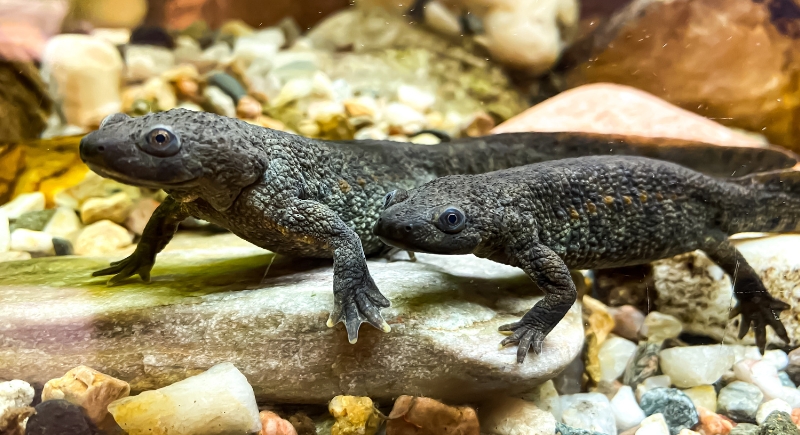
Credit: Getty Images
The Iberian ribbed newt flexes its ribs forward, piercing through its own skin like poison-tipped spikes. The toxin seeps into the skin from nearby glands and turns the newt into a living hazard. Miraculously, it recovers from the damage and can repeat the process whenever needed.
Hagfish Choke Predators With Slime
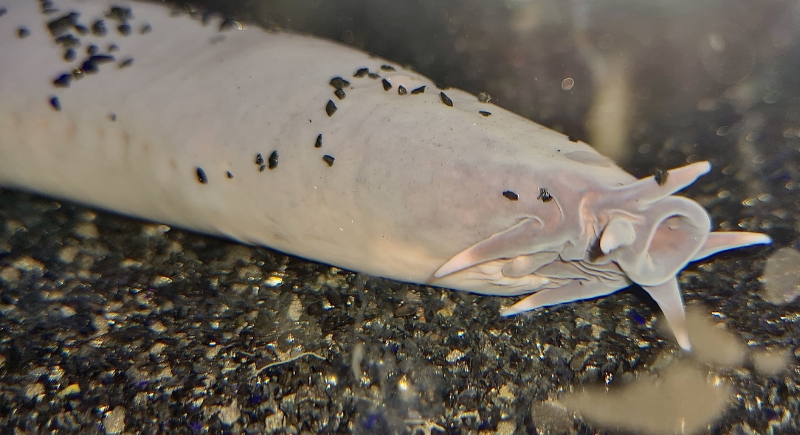
Credit: Wikimedia Commons
This deep-sea throwback hasn’t changed much in millions of years, and slime might be why. When bitten or grabbed, the hagfish releases a cloud of protein-rich mucus that expands rapidly in seawater. To escape its own slime, the hagfish ties itself into a knot and scrapes it off.
Bombardier Beetles Fire Boiling Chemicals
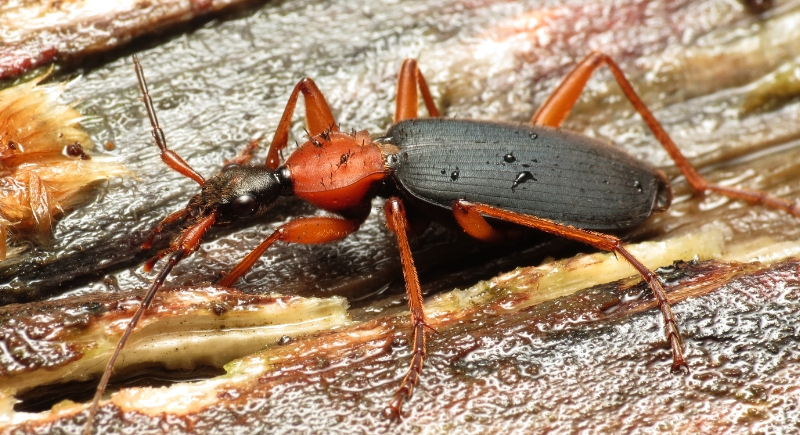
Credit: Wikimedia Commons
When this beetle feels threatened, it mixes two chemicals stored separately in its abdomen: hydrogen peroxide and hydroquinone. The result? A violent chemical reaction that reaches near-boiling temperatures and produces a popping sound.
Turkey Vultures Vomit Carrion as a Defense
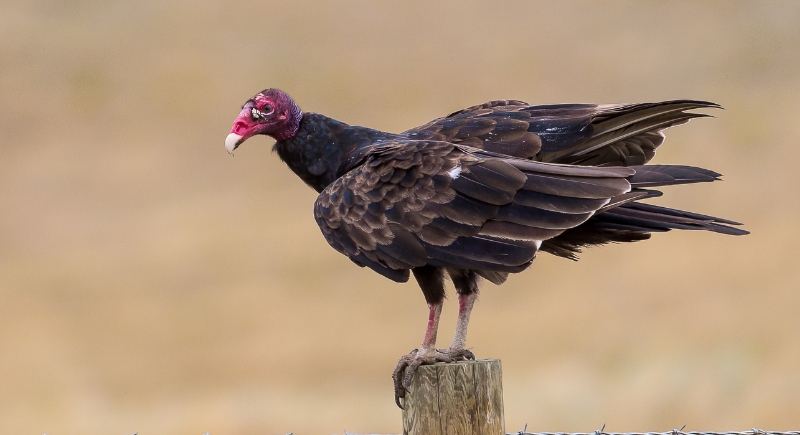
Credit: Getty Images
Turkey vultures usually don’t attack; they clean up what’s already lost. But if something gets too close, they defend themselves by projectile vomiting. Since their diet is mostly rotting flesh, the result is as unpleasant as it sounds. It smells awful and burns if it hits the eyes or nose.
Boxer Crabs Carry Stinging Anemones Like Weapons
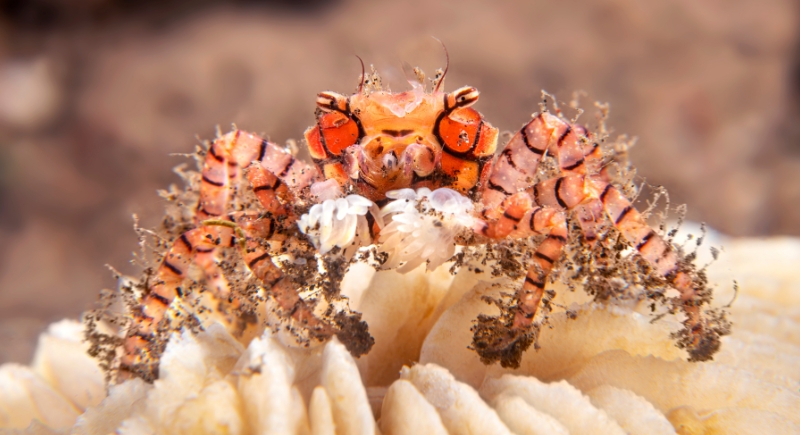
Credit: Getty Images
Think of them as crustacean cheerleaders with a sting. Boxer crabs pick up small sea anemones, hold them in their claws, and wave them at threats. The anemones’ stinging cells serve as deterrents, and the crabs occasionally divide the anemones in half to create matching pairs.
Northern Fulmar Chicks Spit Sticky Vomit
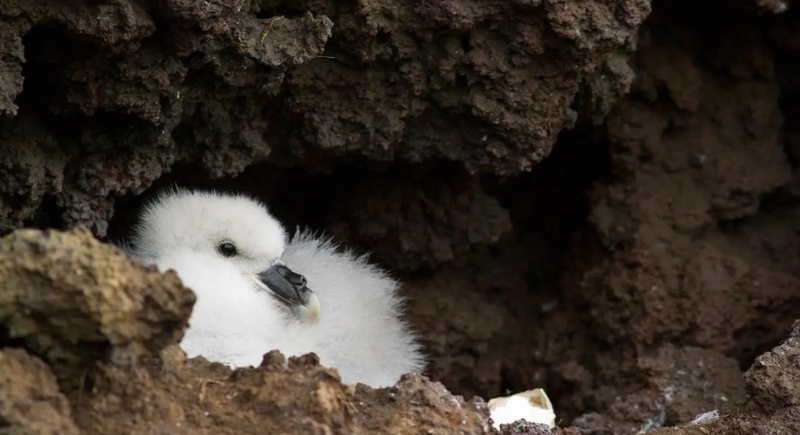
Credit: Wikimedia Commons
Northern fulmar chicks spit up an oily, orange vomit that glues feathers together. Birds like gulls and skuas get grounded when covered in it. The substance also smells terrible. Fulmar adults have the same trick, but it’s especially useful for chicks who can’t defend themselves any other way.
Cereal Leaf Beetle Larvae Cover Themselves in Poop
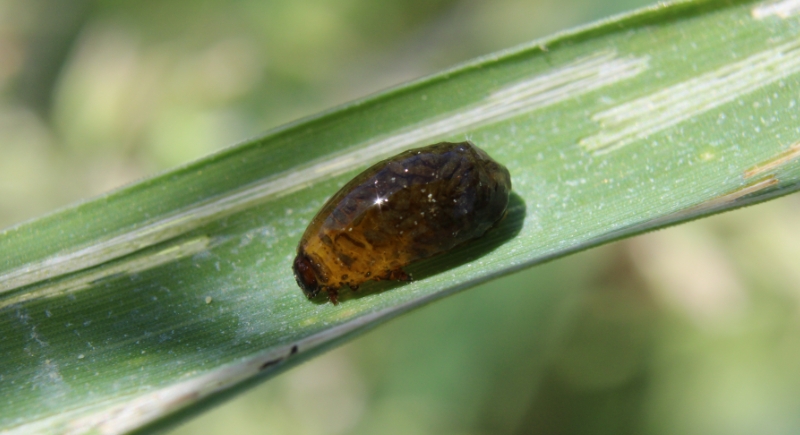
Credit: Wikimedia Commons
It may look like these larvae carry eggs or slime on their backs, but that goo is actually their excrement. By coating themselves in a poop shield, cereal leaf beetle larvae mask their scent and appearance. This makes them unappealing and hard to detect.
Motyxia Millipedes Glow While Leaking Cyanide
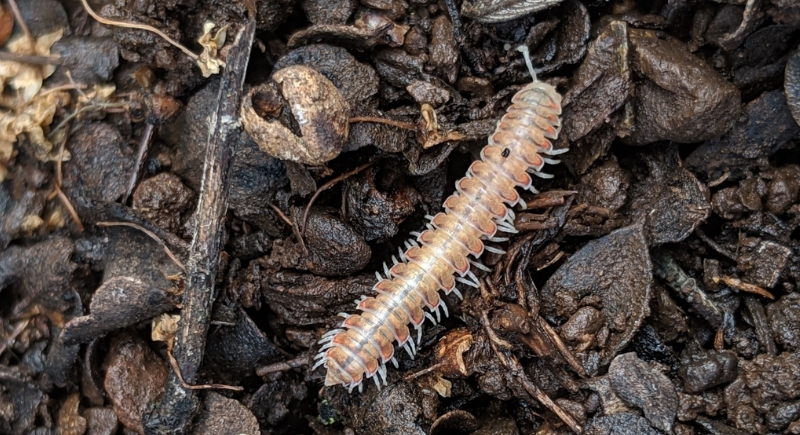
Credit: Wikimedia Commons
These California-native millipedes emit a faint blue-green glow at night—not to look pretty, but to say, “Do not touch.” That glow warns predators of the real danger: cyanide. Motyxia exudes it through pores in its skin. The poison blocks oxygen at the cellular level, which makes one bite potentially fatal.
Exploding Ants Sacrifice Themselves With Toxic Goo
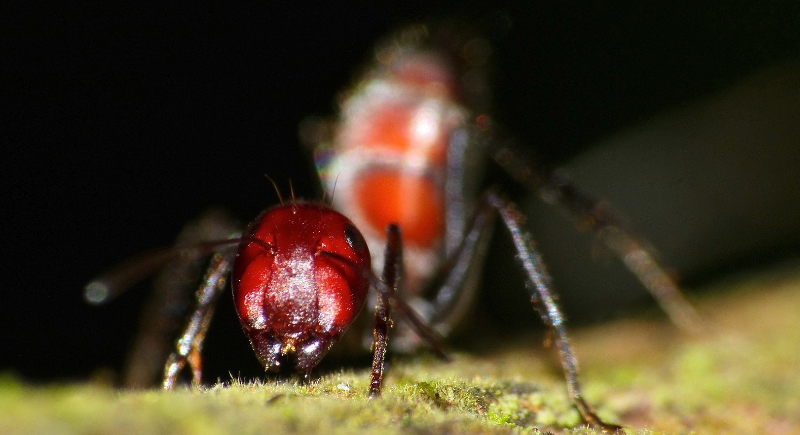
Credit: Wikimedia Commons
Certain Southeast Asian ants have oversized glands full of sticky toxins. When cornered, they flex their bodies until the walls rupture and spray the goo onto attackers. It’s fatal for the ant, but it gums up predators long enough for the rest of the colony to mount a defense.
Sea Cucumbers Expel Their Guts Out the Back
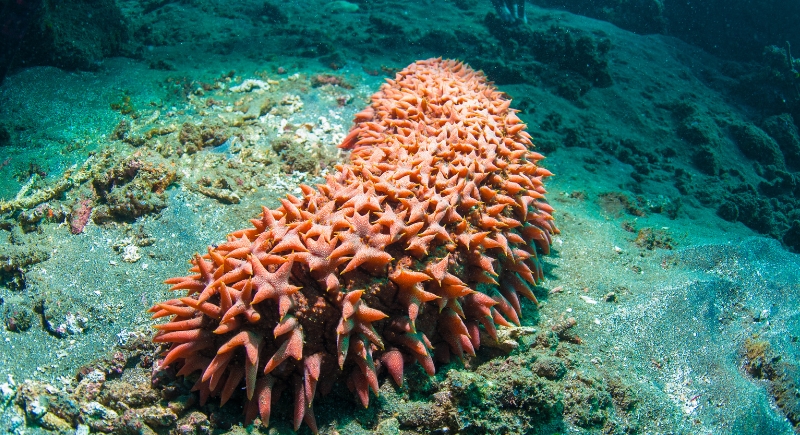
Credit: Getty Images
If a predator tries to eat it, a sea cucumber might eject its internal organs straight through its rear end. The expelled guts are sticky and sometimes laced with toxins, confusing or entangling the attacker. Within a few weeks, the sea cucumber grows back the lost organs.
Dynastor Butterfly Larvae Fake Being Snakes
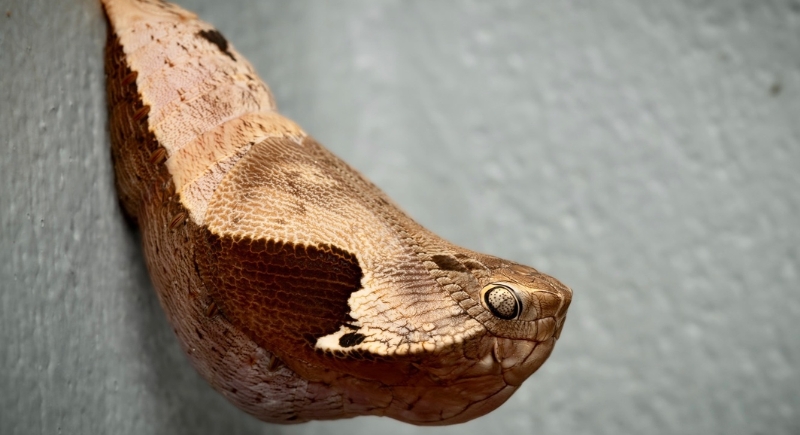
Credit: Instagram
The Dynastor Darius goes full impersonation. In its pupa stage, it rearranges itself to mimic a venomous snake, including the scale patterns. For nearly two weeks, it hangs upside down, unmoving, looking like a coiled pit viper. Predators don’t take the risk.